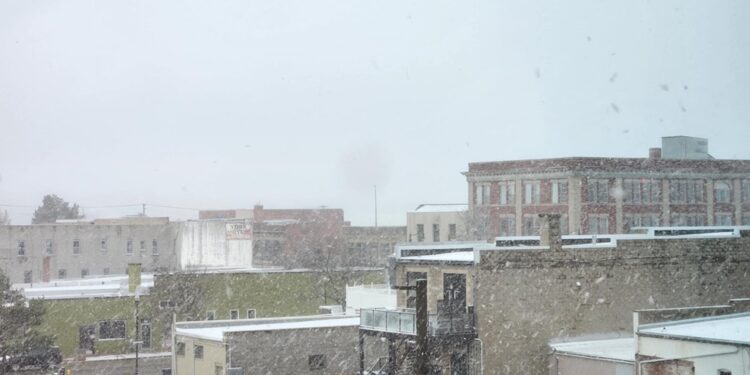Canada’s winter forecast is in limbo as meteorologists question the whereabouts of La Niña, the Pacific Ocean climate pattern that was supposed to bring colder and stormier weather by now. Following the departure of El Niño earlier this year, experts anticipated La Niña would quickly take its place. However, as 2024 draws to a close, the anticipated cooling effect in the Pacific has yet to arrive.
The U.S. Climate Prediction Center (CPC), which monitors Pacific conditions, still forecasts a weak La Niña might take shape over the coming winter months. These climate patterns, El Niño and La Niña, play a critical role in global weather shifts, including temperature and precipitation changes that ripple across continents. A strong El Niño last year brought Canada an unseasonably mild winter, and meteorologists were expecting a cool La Niña to follow. But La Niña’s delay has left the Pacific in “neutral” conditions throughout the summer and fall.
Why the hold-up? Experts say that while models effectively detect the broad wind and pressure patterns that drive El Niño and La Niña, smaller-scale atmospheric factors make predictions tricky. These elements, which can shift conditions from neutral to La Niña, are often unpredictable beyond a couple of weeks, noted Dr. Emily Becker on NOAA’s ENSO blog. When a weak La Niña is forming, even minor atmospheric changes can “tip the scales one way or the other,” she added.
La Niña is confirmed only when sea surface temperatures off South America’s west coast consistently stay at least 0.5°C below average over several months. This drop in temperature has a large influence on wind patterns across the Pacific Ocean, triggering shifts that influence weather patterns worldwide, from Atlantic hurricanes to Australian wildfires.
For Canada, a La Niña winter typically brings colder temperatures to the western regions and a more active storm track over the Great Lakes and Atlantic provinces. However, if this La Niña stays weak or delayed, these effects may be softer than usual, leaving Western Canada with only modest drops in temperature and milder conditions across much of the east.
While meteorologists continue to monitor Pacific temperatures closely, it’s uncertain if La Niña will finally appear—and what that could mean for Canada’s winter weather if it does.
Source link : http://www.bing.com/news/apiclick.aspx?ref=FexRss&aid=&tid=67282d4246da4e2695ef63538080685f&url=https%3A%2F%2Fswiftcurrentonline.com%2Farticles%2Fla-nia-delay-leaves-canadas-winter-forecast-in-question&c=624008642936060687&mkt=en-us
Author :
Publish date : 2024-11-02 23:00:00
Copyright for syndicated content belongs to the linked Source.








